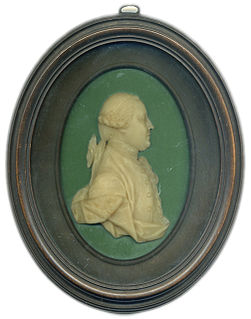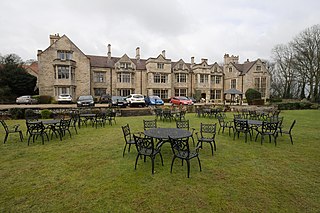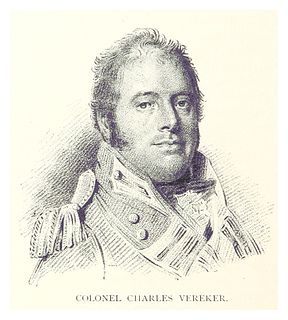| Hamsterley Hall | |
|---|---|
 | |
Location in County Durham | |
| General information | |
| Location | County Durham, England, UK |
| Coordinates | 54°53′42″N1°46′44″W / 54.895°N 1.779°W Coordinates: 54°53′42″N1°46′44″W / 54.895°N 1.779°W |
| OS grid | NZ142555 |
Hamsterley Hall is an 18th-century English country house at Hamsterley, Rowlands Gill, County Durham, England. It is a Grade II* listed building.

An English country house is a large house or mansion in the English countryside. Such houses were often owned by individuals who also owned a town house. This allowed them to spend time in the country and in the city—hence, for these people, the term distinguished between town and country. However, the term also encompasses houses that were, and often still are, the full-time residence for the landed gentry that ruled rural Britain until the Reform Act 1832. Frequently, the formal business of the counties was transacted in these country houses.
Hamsterley is a village in County Durham, England. It is situated to the north of Consett and borders the hamlet of Low Westwood. It was known until recently as Hamsterley Colliery, after the large mining colliery situated to the south of the village by the south banks of the River Derwent. The colliery lay halfway between Hamsterley and High Westwood; it opened in 1864 and closed on 2 February 1968.

Rowlands Gill is a large village situated along the A694, between Winlaton Mill and Hamsterley Mill, on the north bank of the River Derwent, in the Metropolitan Borough of Gateshead, Tyne and Wear, England. Within Gateshead's greenbelt, the village has a picturesque setting with much open space and views across the valley to Gibside Estate, now owned by the National Trust.
The estate at Hamsterley was given, in 1762, by Sir John Swinburne Bt to his younger brother Henry Swinburne. In 1769, Henry carried out substantial alterations to the then existing house to create the present two-story, four-bayed castellated Gothic Revival-style mansion.

Henry Swinburne (1743–1803) was an English travel writer.

Gothic Revival is an architectural movement popular in the Western World that began in the late 1740s in England. Its popularity grew rapidly in the early 19th century, when increasingly serious and learned admirers of neo-Gothic styles sought to revive medieval Gothic architecture, in contrast to the neoclassical styles prevalent at the time. Gothic Revival draws features from the original Gothic style, including decorative patterns, finials, lancet windows, hood moulds and label stops.
Swinburne died in 1803 and in 1806 the property was sold to Anthony Surtees. His son Robert Smith Surtees, a novelist, acquired the estate in 1838. He was High Sheriff of Durham in 1856. He died in 1864, leaving his estate to his daughter Eleanor, who married John Gage Prendergast Vereker, 5th Viscount Gort in 1885. Their first son John Vereker, 6th Viscount Gort VC was succeeded in 1946 by his brother Standish Vereker, 7th Viscount MC who lived at Hamsterley until his death in 1975.
Robert Smith Surtees was an English editor, novelist and sporting writer, widely known as R. S. Surtees. He was the second son of Anthony Surtees of Hamsterley Hall, a member of an old County Durham family.
This is a list of the High Sheriffs of the English County of Durham
Viscount Gort is the title of two peerages in British and Irish history. Gort is a small town in County Galway in the West of Ireland. The original title was in the Peerage of Ireland and is extant. A viscountcy with the same title as the Irish peerage was then conferred in the Peerage of the United Kingdom to a later Lord Gort. This gave the distinguished descendant a subtle personal change of status, whilst preserving the heritage of the older title. The United Kingdom title, however, became extinct on death of the original recipient, who remains perhaps the most illustrious bearer of the older title to date. A post-World War II unqualified reference to "Lord Gort" will almost always be to the sixth viscount.








